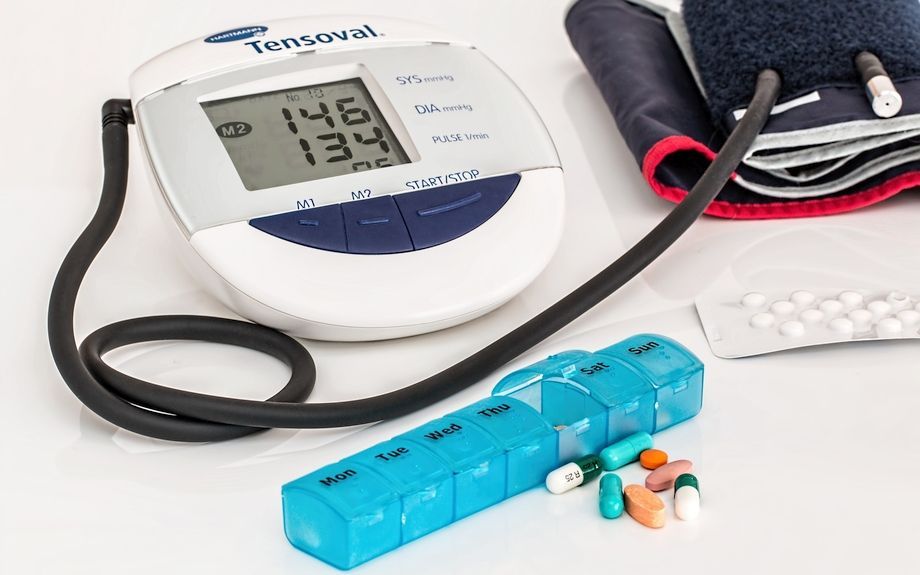Shoulder Joints & Function
Poor shoulder function and shoulder joint mobility problems can be caused by a variety of dysfunctions, including impingement syndrome and pain issues related to misalignment, overuse, and rotator cuff tears.
The post Shoulder Joints & Function appeared first on Hands On Healing.



